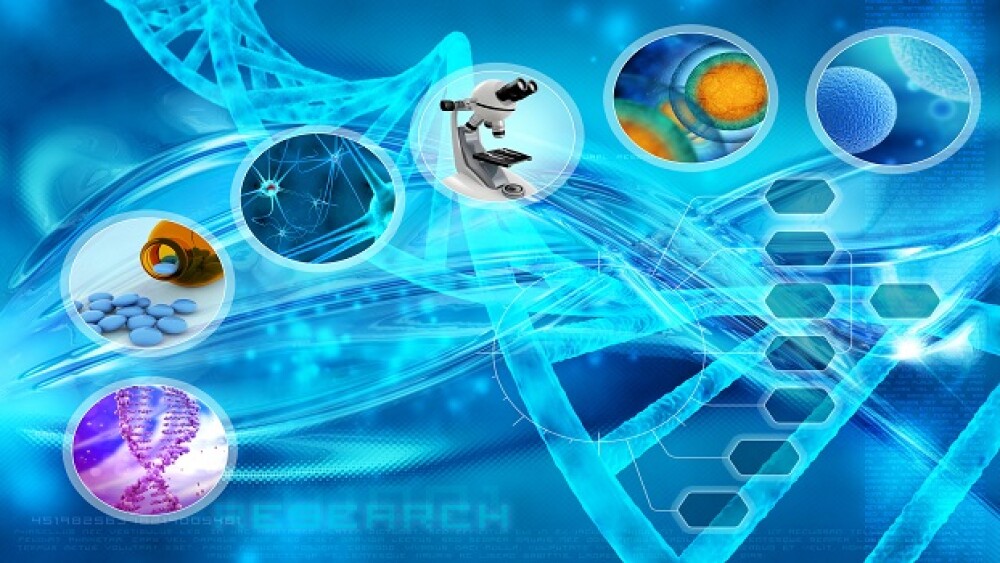There are plenty of great scientific research stories out this week. Here’s a look at just a few of them, such as newborn trauma and research to make the heart younger.
There are plenty of great scientific research stories out this week. Here’s a look at just a few of them.
Newborn Trauma Can Lead to Schizophrenia-Like Brain Changes in Rats
Translational Psychiatry published an article about a study that found, when baby rats were separated from their mother within nine days of birth, the traumatic event altered the rat brains in a way similar to those seen in humans with neuropsychiatric disorders, such as schizophrenia. The research came out of the laboratory of Christopher Lapish, associate professor at Indiana University-Purdue University Indianapolis. Corresponding author Sarine Janetsian-Fritz, formerly a graduate student in Lapish’s lab and now a postdoctoral fellow at the Indiana University School of Medicine, stated, “In this study, we found memory impairment, as well as less communication between brain regions, in the animals that had been removed from their mothers, among other neurological changes. These are all clues to how a traumatic event early in life could increase a person’s risk of receiving a schizophrenia diagnosis in the future.”
Spinal Molecule Linked to Autistic-like Behavior in Monkeys and Human Males
Researchers with Johns Hopkins published research in the journal Science Translational Medicine identifying a biomarker in cerebrospinal fluid of monkeys linked to naturally occurring low sociality. The molecule, arginine vasopressin (AVP) corresponded to autism-like social behavior in male monkeys, but high AVP was linked to the most social animals. “It’s really exciting work,” Mollie Meffert, a molecular neuroscientist at Johns Hopkins told STAT. “One of the most interesting things is the finding that vasopressin in the CSF correlates with sociality in the macaques and in autism with children.”
Cibinetide Seems to Make the Heart Muscle Younger
Edward Lakatta, from the National Institute on Aging (NIA) Laboratory of Cardiovascular Sciences and the Translational Gerontology Brach presented an abstract at the annual Experimental Biology meeting showing that cibinetide (ARA 290) can decrease age-related heart function decline in laboratory animals. Anthony Cerami, founder of Araim Pharmaceuticals, which is developing cibinetide, said in a statement, “Of all the breakthrough therapies I have worked on (hemoglobin A1c and anti-TNF therapy), the Innate Repair Activators may offer the most help to patients. Dr. Lakatta saw this potential early on, and these extensive studies bore out the tantalizing potential to increase healthspan.”
Egyptian Bats Have Genomic Changes that Make them Virus Resistant
Researchers with the U.S. Army Medical Research Institute of Infectious Diseases (USAMRIID) published research in the journal Cell that species of bats seem to have an immunity to many lethal viruses. The scientists sequenced, assembled, and analyzed the genome of the Egyptian Rousette bat, a natural reservoir of the deadly Marburg virus and other filoviruses, and found an “expanded and diversified KLRC/KLRD family of natural killer cell receptors, MHC class I genes, and type I interferons, which dramatically differ from their functional counterparts in other mammals.”
Genetic Changes in Milkshake-Drinking Study Group Clarify Cholesterol Levels
Sign us up! A group of scientists had 800 people drink a fatty milkshake and take a drug, fenofibrate, for three weeks, then drink another milkshake. Their genomes were then sequenced. The study participants were part of the Genetics of Lipid-lowering Drugs and Diet Network (GOLDN). The researchers were from the University of Texas Health Science Center at Houston, University of Alabama at Birmingham, the University of Kentucky, and seven other institutions. The study was published in the Journal of Lipid Research. Ryan Irvin, of the University of Alabama at Birmingham, told FierceBiotech, “We found that variants in one gene, called SIPA1L2, predicted triglyceride level changes after consuming the milkshake. Variants in another gene, ITGQ7, predicted LDL-cholesterol level (“bad” cholesterol) changes after taking the drug. And variants in a third gene, CEP72, predicted triglyceride response when comparing the pre-fenofibrate milkshake experiment to the post-fenofibrate milkshake experiment.”
Who’s Reading the Scientific Literature?
Digital Science conducted and published research looking at online audience engagement related to malaria and Alzheimer’s research. The overall findings were that the primary audience for malaria research was policy makers, while the primary audience for Alzheimer’s research were medical practitioners and mainstream media outlets. Martin Szomszor, lead author of the study, said in a statement, “By combining these data, we have been able to demonstrate a new way to enhance our understanding of who is engaging with research in a specific field. In doing so, we seek to further the discussion of the relevance of non-scholar indicators of influence, and introduce an alternative approach that will benefit the research community.”





